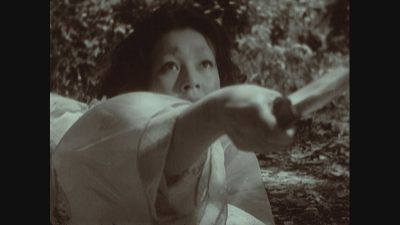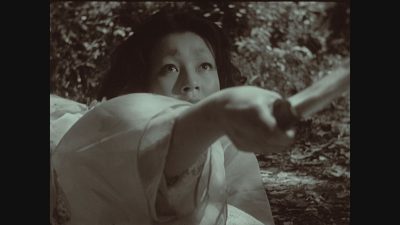This week we talk to Kimball Thurston from Reliance MediaWorks about the ‘Lowry Process’, a method for the reduction of noise and other artifacts in motion pictures pioneered by John D. Lowry.

Sadly, earlier this week John Lowry passed away at the age of 79. Reliance MediaWorks acquired John D. Lowry’s company Lowry Digital Images in 2008. In a statement, Reliance Chief Executive Officer Anil Arjun said, “We are deeply saddened on the unexpected demise of John Lowry on January 21, 2012. He was a visionary who brought unprecedented technological and imaging advancement to the motion picture industry.”
“His work has been used to restore some of the prestigious classics of the century and respected for the standards and excellence the tools stood for.”
“We are glad he lived long enough to see the Lowry Process be recognized by the Academy for Scientific and Technical Awards this year,” added Arjun. “He will remain in our hearts and as an inspiration in our pursuit of furthering the technological advancements and innovation in this field. We extend our heartfelt sympathy and condolences to John’s family and friends during this difficult time.”
Thurston is to receive the Sci-Tech Oscar along with John D. Lowry, Ian Caven, Ian Godin and Tim Connolly. As well as restoring older films such as Citizen Kane, Sunset Boulevard and Akira Kurosawa’s Rashoman, Lowry technology was also used to enhance and noise and artifacts on more recent productions, including The Social Network, The Curious Case of Benjamin Button and Avatar.


This interview is part of our continuing in-depth coverage of the Scientific and Technical Oscars, which fxguide will be attending on February 11th, 2012.
